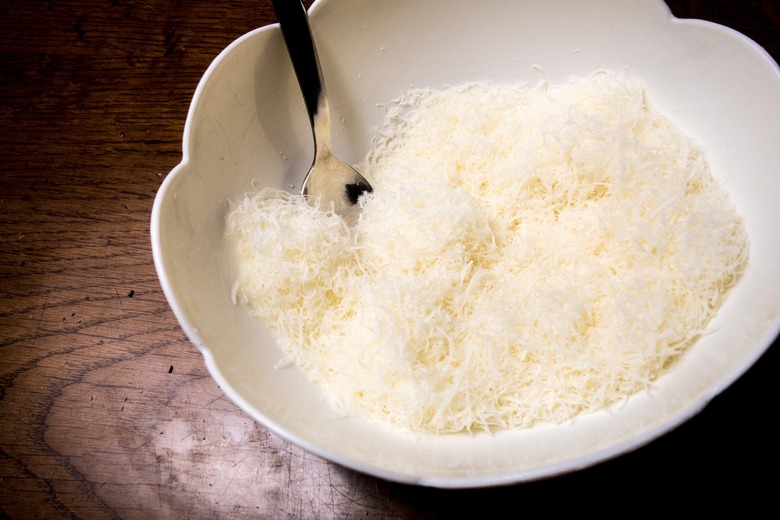No More Fraud: We Can Now Identify 'Real' Parmesan Cheese Using Chemistry
After wood pulp and other fillers were found in most of the "100 Percent Real Parmesan" brands on shelves, and a few companies openly admitted to mislabeling fraud, we're feeling like we won't be able to trust grated cheese ever again. But science is here to quell your fears.
Researchers at the Technical University of Munich believe they have found a chemical blueprint in authentic Parmesan cheese that can act as an identifier to prevent mislabeling fraud.
This study is the first to target Parmesan cheese in particular, but other similar studies have been carried out for different cheeses and other foods.
First, researchers Hedda Hillmann and Thomas Hofmann rated the taste identifiers in solid Parmesan cheese, such as saltiness, bitterness, burning, and heartiness. They then screened the cheese for molecular compounds known to produce these flavor profiles, and calculated which were highest in abundance. For example, high levels of sodium, potassium, and chloride ions were responsible for the cheese's salty taste, according to Chemistry World.
The presence or absence of these particular chemical elements determines the true blueprint of Parmesan cheese, and could help manufacturers prevent fraud in the future.
